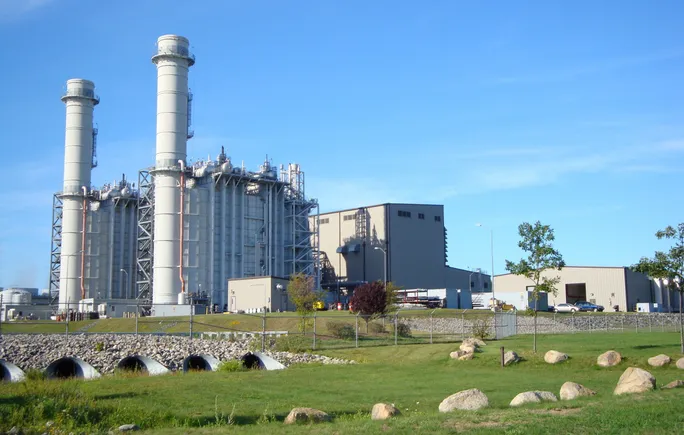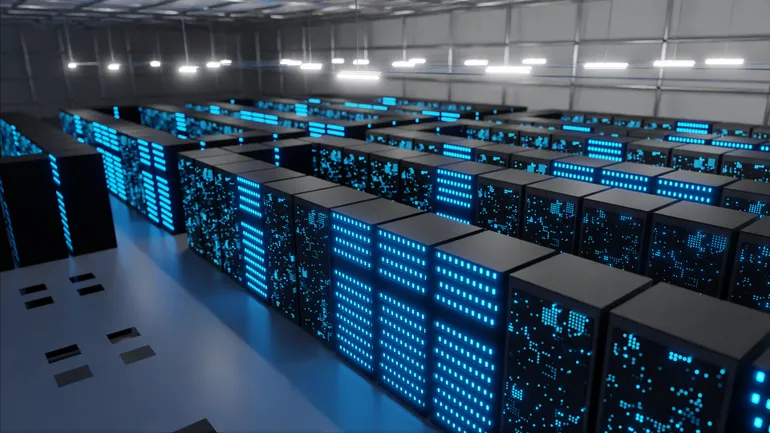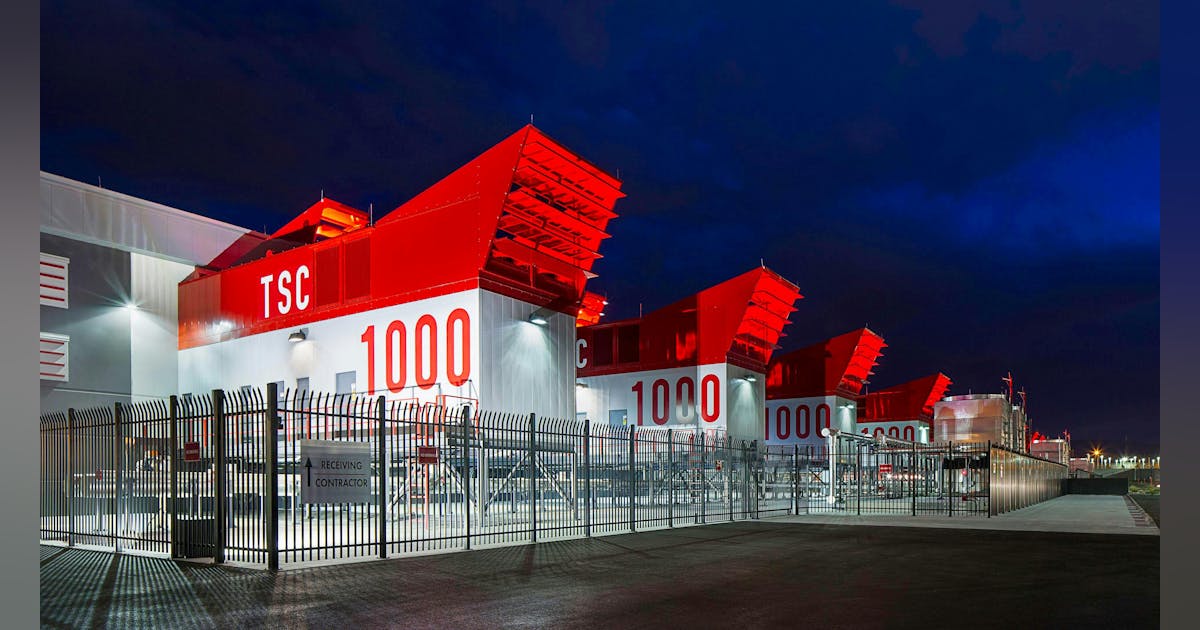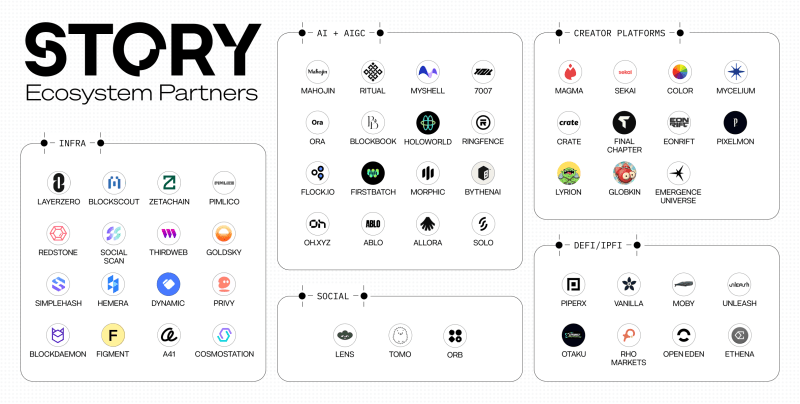
Oil snapped a five-session rally as key technical markers show gains driven by tightness in global physical crude markets may have gone too far.
West Texas Intermediate fell 0.5% to settle below $74 a barrel, reversing earlier gains after futures were unable to breach a psychological level of $75. WTI’s prompt spread dipped from a near three-month high to 65 cents in a sign of evaporating trader confidence that demand is outstripping supply.
The relative strength index also showed prices at overbought levels, a reading that indicates crude was due for a pullback. Market optimism is being limited by expectations for a glut, the possible revival of idled OPEC+ production and lackluster demand from top importer China.
“Fundamentals have improved enough for crude prices to find a floor, but not enough to sustain a durable rally,” said Jon Byrne, an analyst at Strategas Securities. At the moment, “$75 is the ceiling, with opportunities on the short side.”
The commodity earlier grazed October highs after Saudi Arabia hiked oil prices to Asian customers, a vote of confidence for crude demand. That followed a jump in Oman and Dubai crude prices at the end of last year on scant supply from Iran and Russia.
In broader markets, the US dollar plummeted after the Washington Post reported that US President-elect Donald Trump will limit his plans for tariffs. The dollar has since recovered some of the losses after Trump denied the report on social media. A weaker dollar makes commodities priced in the currency more attractive.
Last week, crude broke out of its narrow trading range as US stockpiles fell for the sixth straight week while inventories at the vital storage hub of Cushing, Oklahoma, held at a 17-year seasonal low.
Oil Prices:
- WTI for February delivery fell 0.5% to settle at $73.56 a barrel in New York.
- Brent for March settlement slipped 0.3% to settle at $76.30 a barrel.
What do you think? We’d love to hear from you, join the conversation on the
Rigzone Energy Network.
The Rigzone Energy Network is a new social experience created for you and all energy professionals to Speak Up about our industry, share knowledge, connect with peers and industry insiders and engage in a professional community that will empower your career in energy.
MORE FROM THIS AUTHOR
Bloomberg




















